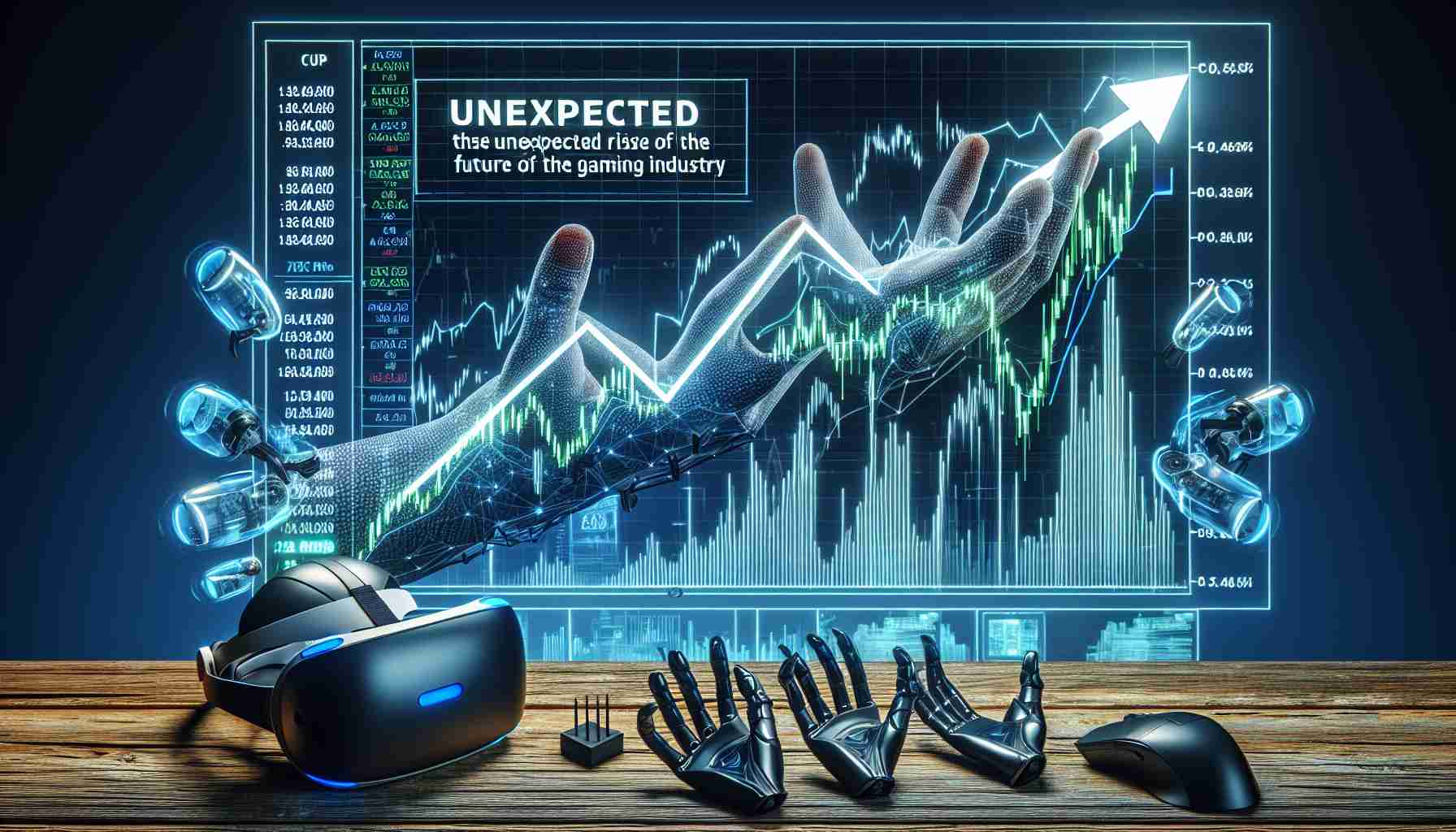- A groundbreaking study suggests that information about black holes may be encoded on their surfaces rather than their interiors.
- The research utilizes advanced quantum computing and machine learning to simulate particle behavior within black holes.
- This work could pave the way for a unified theory of quantum gravity, enhancing our understanding of fundamental physical forces.
- Insights gained could potentially unravel mysteries related to dark matter and the origins of the universe.
- As technology progresses, the research appears poised to deepen our cosmic knowledge and transform astrophysics.
Prepare to be astounded! A team of visionary scientists at the University of Michigan is peeling back the layers of one of the universe’s greatest mysteries: black holes. Led by the brilliant Enrico Rinaldi, these researchers have harnessed cutting-edge quantum computing and machine learning to uncover astonishing secrets hiding in the cosmic dark.
What if the key to understanding black holes lies not within their depths, but on their surfaces? Rinaldi’s groundbreaking simulations suggest just that, revealing that crucial information about these cosmic giants may be encoded on their very edges. This revolutionary idea hints at an uncharted terrain where gravity and quantum mechanics dance together—two forces that have puzzled scientists for generations.
The implications are vast. By accurately simulating particle behavior within black holes, this research opens a new window into the fundamental workings of the universe. Imagine a future where we have a unified theory of quantum gravity that gives us insights into the very fabric of reality!
As quantum computing technology continues to evolve, it holds the promise of unlocking even more secrets of our universe, from dark matter to the origins of existence itself. Every starry night might soon tell a richer story, thanks to these ongoing revelations from the frontier of science.
Key takeaway: The quest to understand black holes is bringing us closer to uniting the forces of nature, and this discovery may redefine everything we thought we knew about the cosmos. Buckle up—exciting times in astrophysics lie ahead!
Unlocking the Secrets of Black Holes: New Insights and Implications
The exploration of black holes is embarking on a new frontier, driven by innovative technologies and groundbreaking theories. A team at the University of Michigan, led by Enrico Rinaldi, is utilizing advanced quantum computing and machine learning to reveal the hidden complexities of these cosmic phenomena. Their research suggests that critical information about black holes may be inscribed on their edges, which presents an intriguing paradigm shift in our understanding of these marvels.
New Insights into Black Holes
1. Information Encoding on Event Horizons: The research proposes that rather than being lost within a black hole, information could be preserved and encoded on the event horizon, the boundary beyond which nothing can escape. This idea aligns with the holographic principle, suggesting the universe is a two-dimensional information structure that projects three dimensions.
2. Quantum Gravity Applications: By accurately simulating particle dynamics near and at the event horizon, scientists could develop models that bridge gravity and quantum mechanics, potentially leading to the long-sought unified theory of quantum gravity.
3. Quantum Computing Potential: As quantum computing technology advances, it enhances our ability to simulate conditions around black holes, which could pave the way for breakthroughs in understanding not only black holes but also dark matter and the origins of the universe.
Important Questions and Answers
Q1: What are black holes, and why are they significant in astrophysics?
A1: Black holes are regions in space where gravitational pull is so strong that nothing, not even light, can escape from them. They are significant because they challenge our understanding of physics, particularly at the intersection of quantum mechanics and general relativity. Moreover, they play a crucial role in the evolution of galaxies and the universe itself.
Q2: How does machine learning contribute to black hole research?
A2: Machine learning algorithms are utilized to analyze vast amounts of data from astronomical observations and simulations. These algorithms can identify patterns and correlations that may be too complex for traditional analysis, enhancing our understanding of black hole dynamics and facilitating the hunt for new astrophysical phenomena.
Q3: What are the implications of the findings on our understanding of the universe?
A3: If the understanding that black hole information is encoded at the event horizon holds, it radically alters our approach to theories regarding information loss and entropy in black holes. It could reconcile the apparent contradictions between quantum mechanics and the theory of relativity, leading to transformative insights about the fundamental structure of reality.
Conclusion
The ongoing research at the University of Michigan signifies a transformative phase in our comprehension of black holes. Harnessing the powers of quantum computing and machine learning not only opens new pathways for research but also brings us one step closer to unveiling the mysteries of our universe.
For more information about black holes and astrophysical research, visit University of Michigan.
















